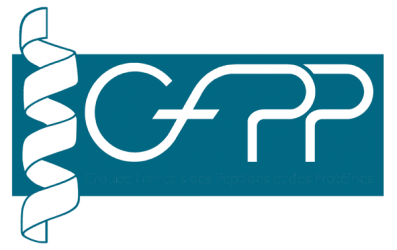The use of peptide hydrogelators and their analogues as stabilisers and growth controllers to synthesise anisotropic gold nanoparticles (AuNPs) of different sizes and shapes is reported. The PentaOH-AuNPs’ hydrogel exhibits high antimicrobial potency against S. aureus and P. aeruginosa ATCC 27853 with negligible cytotoxicity, while TOH_1N-AuNPs show no antibacterial activity and no cytotoxicity.
Peptides have attracted great interest as platforms for the design of nanocomposite hydrogels due to their distinct bioactivity, biofunctionality and biocompatibility. Previously, we have reported on a family of peptides that self-assembled to form stabilised three-dimensional hydrogel networks, displaying potent antimicrobial activity. In this paper, we report on the use of these hydrogelator sequences and their analogues as stabilisers and growth controllers to synthesise anisotropic gold nanoparticles (AuNPs) of different sizes and shapes. In particular, hollow spherical nanoparticles were obtained for HG2.81-AuNPs, whereas hexagonal nanoparticles were observed for TOH_1
N-AuNPs and PentaOH-AuNPs in their respective hydrogel networks. The PentaOH-AuNPs’ hydrogel exhibited excellent results with high antimicrobial potency against Staphylococcus aureus and Pseudomonas aeruginosa ATCC 27853 and negligible cytotoxicity. On the other hand, TOH_1N-AuNPs showed no antibacterial activity and no cytotoxicity, demonstrating the versatility of these peptides. This work gives credence towards the development of these materials towards further applications such as in tissue culture technology and wound dressing materials.


